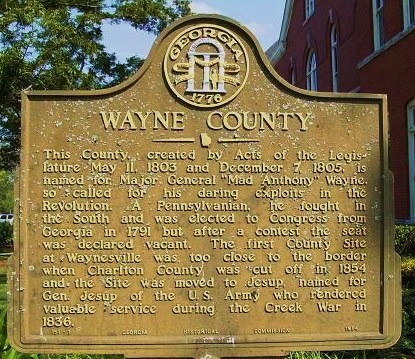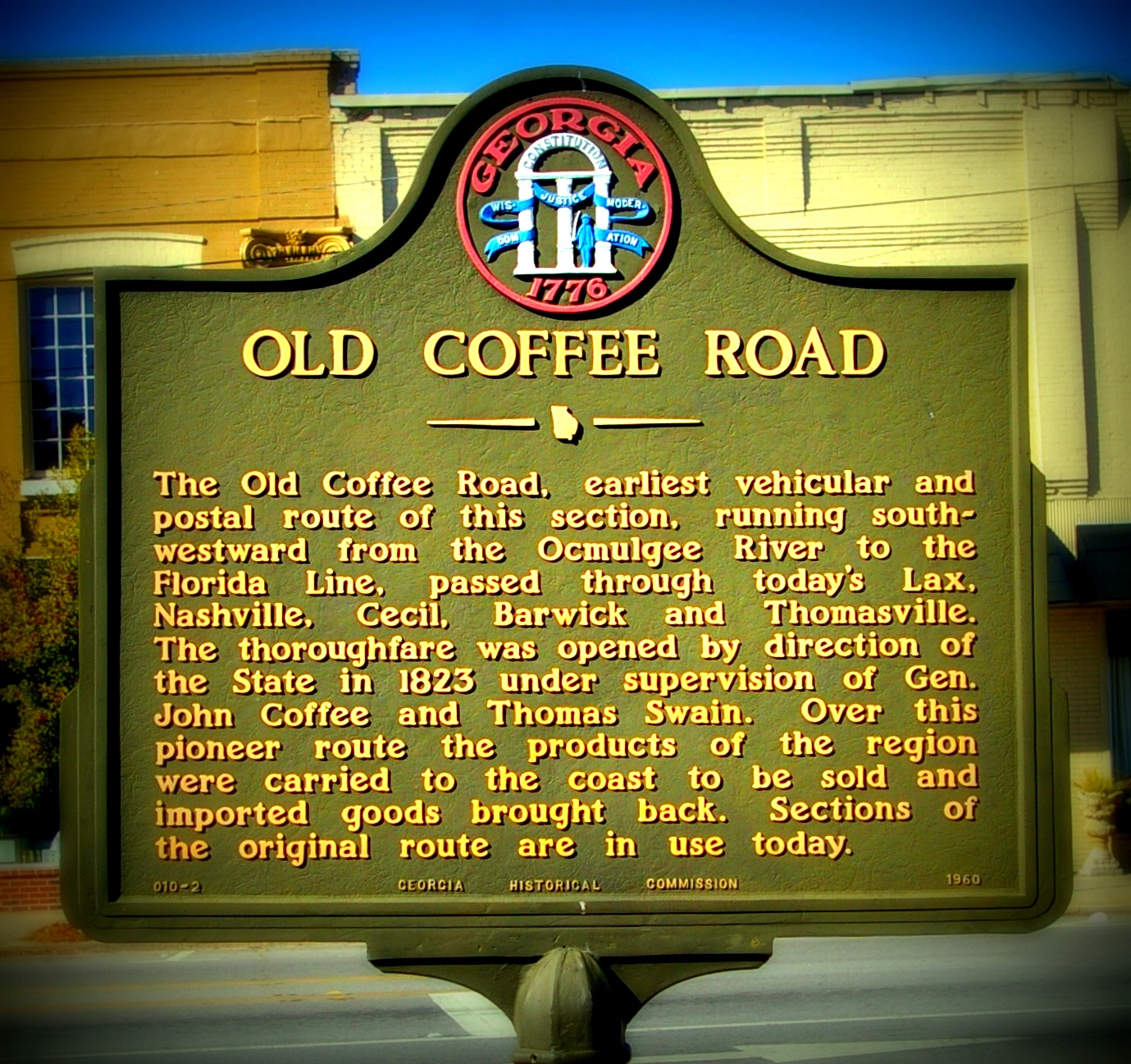Dr. Woodard and the Charter of Adel, GA

In 1900, Dr. R. C. Woodard was elected as one of the town councilmen of Adel, GA. Woodard, a native of Ray’s Mill (now Ray City), GA attended the Medical College at Augusta, GA and graduated from in 1899.
Adel News
Oct 19, 1900
Election Held Wednesday
The regular annual municipal election for the town of Adel was held Wednesday of this week, the entire ticket recently nominated being elected. There was a little scratching, but no organized opposition to the ticket. Forty-eight votes, all white, were cast and the following is the ticket elected:
For Mayor,
A. A. Parish
For Aldermen;
J. T. Wilkes,
S. A. Juhan,
Wm. Clements,
J. A. J. Parrish,
R.C. Woodard.
Mayor [John Henry] Kennon and Mayor-elect Parrish are both out of the city and the new men have not been inducted into office yet. As stated last week they are all gentlemen of strong capabilities and business qualifications and we look for the town’s affairs to be wisely managed during their administration.
Woodard was sworn into office on October 22, 1900. He served on the Adel City Council along with James Thomas Wilkes, Stephen Alexander Juhan, William Clements, and J. A. J. Parrish. Arlington Ansel “Arlie” Parrish was mayor. The council appointed Alonzo Augustus Webb as secretary and treasurer. J. M. “Mark” Shaw was appointed Marshal of the town; The Marshal was instructed to collect all rents and taxes owed the town.
Hog Law
The Adel City Council directed that the town ordinance against obstructing or littering the streets was to be strictly enforced, but enforcement of the Hog Law would be postponed until January 1, 1901. These two decisions were not unrelated. Under the Hog Law farmers were required to confine their stock. Loose hogs were taken to the pound, a corral or pen where livestock was held or “impounded” until the owners paid a fee to retrieve them. But in Tifton, the newspaper observed, a “town needs the services of those tireless scavengers just now when stale fruit and vegetables and other things deleterious to health are lying around loose. It is a fact that the hog law does the town more injury than good.” Leaving hogs free to eat the garbage in the streets, saved the cost and labor of having it carted away. On the other hand, free roaming and feral hogs were a major cause of the spread of Cholera, a disease which caused the loss of thousands of dollars a year in pork production. In Ray City, GA free-ranging hogs were a nuisance even into the 1930s. David Miley, lifetime resident of Ray City, recalled one particular swine that was notorious for stealing kids’ lunches at the Ray City School.
The Adel City Council declined to award the telephone franchise to R. R. Folsom and J. L. Williams. Ultimately, the telephone franchise went to the Adel Telephone Company, Inc., with William Clements, Arlington Ansel Parrish and C. D. Shaw as the principles.
The matter of a new charter for the town was taken up as the most important order of business.
According to the new city charter, the town council was responsible for provision public streets and grounds; establishment and assignment of “road duty” compelling citizens to participate or support road maintenance; food safety and inspections; building codes, building inspections and fire safety; regulation of the sale of “spiritous liquors”; and establishment of public schools under the supervision of a board of trustees.
“The authorities of said town shall also have power and authority to prevent injury or annoyance to the public or individuals from anything dangerous or offensive; to prevent dogs, hogs, cattle, sheep, horses, mules, goats, asses, and all other kind of animals and fowls from going at large in said town or any prescribed territory therein; to protect places of divine worship; to abate anything which in the opinion of the authorities is a nuisance; to regulate the keeping and selling of dynamite, gunpowder, kerosene and all other hazardous articles of merchandise; to regulate or prohibit the operation of blacksmith shops or other businesses that endanger the property of others in said town; to regulate the running of steam engines, whether for factories, mills, or any other kind of machinery propelled by steam engines; to regulate the running of any and all sorts of vehicles, however drawn or propelled, that may be used on the streets of said town; to establish quarantine and regulate the same, and to regulate the burial of the dead in said town.“
The town council was also the authority over municipal taxes,
…able to levy and collect a tax upon all and every species of property in said town subject to State and county tax; upon banking and insurance capital employed in said town; upon brokers and factors; upon each and every business, calling, trade or profession carried on in said town; upon billiard and pool tables, bowling alleys, bank, insurance, telephone, telegraph and express agencies in said town; to tax all theatrical performances, shows or exhibitions for gain or profit in said town; to tax all itinerant traders and peddlers, all venders of patent medicines, drugs, books, nostrums or devices of any kind; to tax all solicitors or canvassers selling wares or merchandise by sample at retail to consumers.
According to his memoirs, Woodard “convinced Adel’s electorate to support the establishment of a graded public school system, the first of its kind for a town of that size in Georgia.” The town council was responsible for the city schools and for the election of a board of trustees to oversee their operations.
The duties of said trustees shall be to establish two schools in the town of Adel, one for white children and one for colored children, which shall be entirely distinct and separate; to provide school houses by building, rent or otherwise; to employ teachers and provide the curriculum of said schools; to fix the salaries of teachers…to employ for said schools those teachers only who have a license to teach in the common schools of the state…that said schools shall be open for not lest than six, not more than twelve months in each year and shall be free, except a matriculation fee to be fixed by the mayor and council, to all children between the ages of six and eighteen years, whose parents or guardians reside within the corporate limits of the town of Adel.
Woodard opposed liquor sales in the town and voted to set the city liquor license fee at $10,000 dollars.
Related Posts:
- Dr. Robert Crawford Woodard (1867-1949)
- Professor R.C. Woodard
- R. C. Woodard Attended Medical College of Georgia
- Medical Men of Ray’s Mill
- Witchy Women and Wiregrass Medicine
- Early Automobiles in Berrien County, GA
- Early Schoolhouses in Georgia
- Jonathan Perry Knight Backed Creation of Lamar County
- John Milton Guilliams, Dean of Faculty, South Georgia Normal College
- South Georgia State Normal College For Young Ladies
- History of Ray City School

























